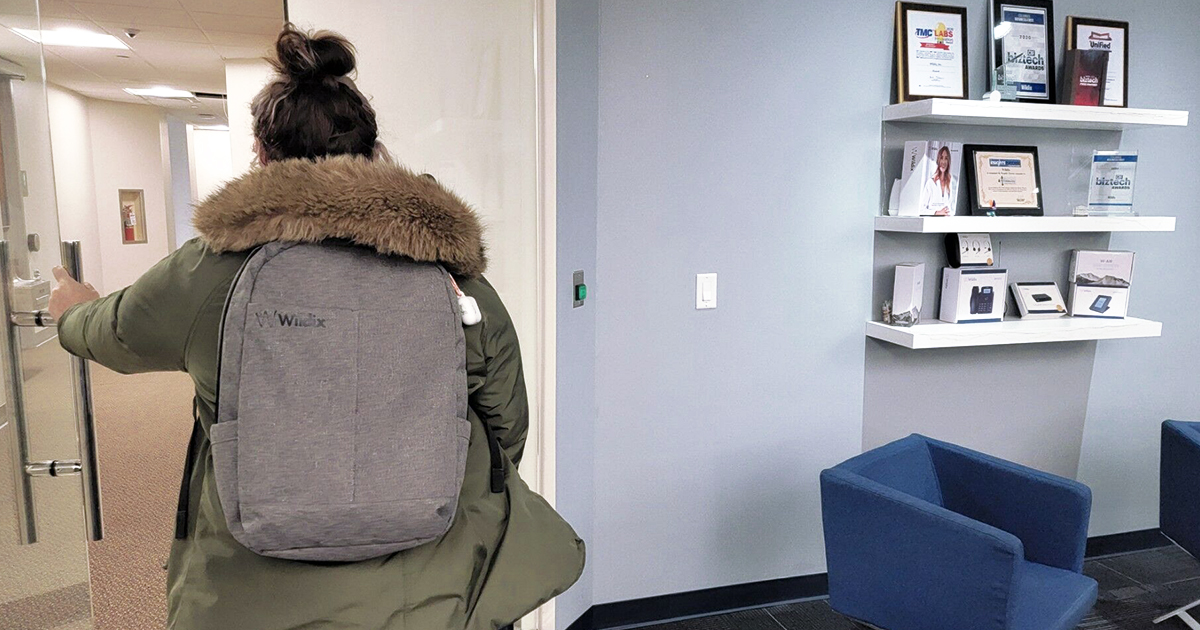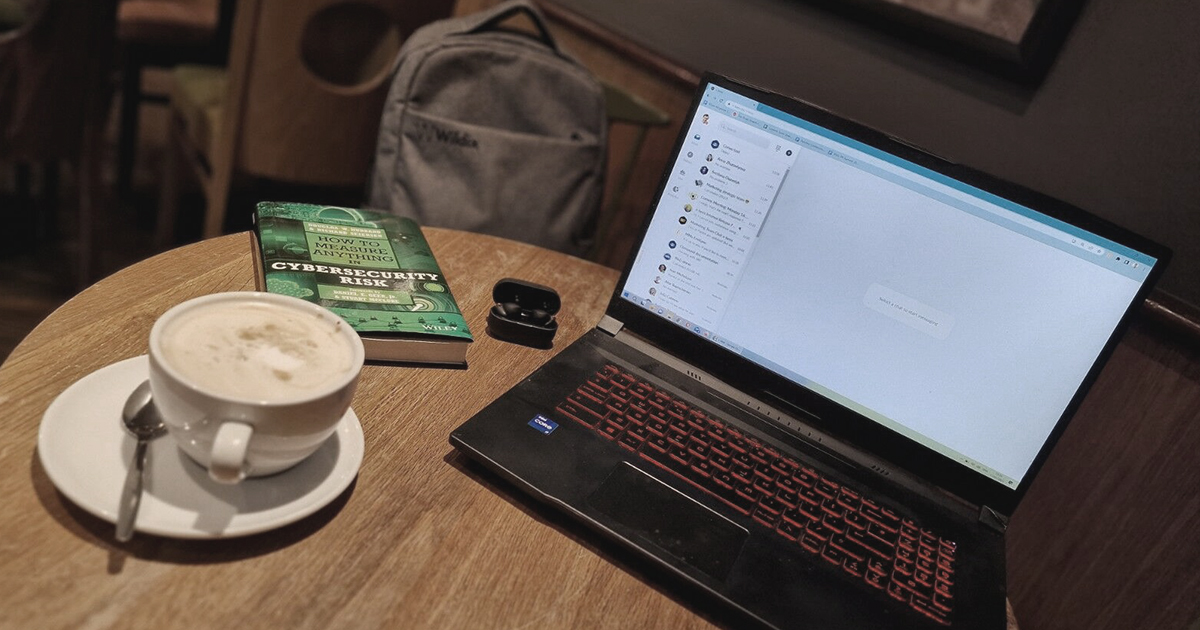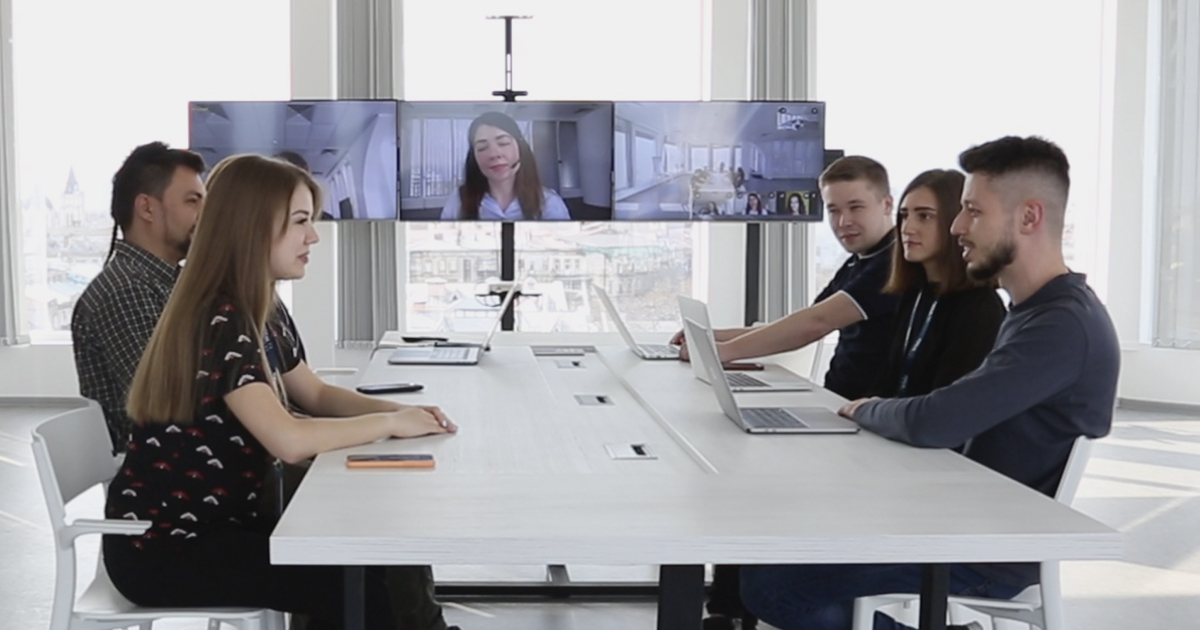
Working from home is far from a new concept, and remote work trends have likewise been around for longer than employers may think. Even before the practice fully upended work routines during the 2020 Covid-19 pandemic, remote work hasn’t only existed — it’s been in high demand among employees for years.
Of course, remote working today looks far different than it did pre-pandemic. Now that more knowledge workers know they can work from anywhere, trends around the practice have shifted in line with the changing culture: as much as employees want remote work, the way they want it provided and managed have shifted, sometimes significantly.
Here, we’ll look into the remote workforce’s trends, topics and perspectives to give you a better sense of remote work trends in 2023 and beyond.
How Popular Is Remote Working?
But before getting into the weeds of telecommuting trends, it’s worth examining just how much employees want the option. Is working from home really still in demand among employees?
From what the data says, the answer is a resounding “yes.”
For context, trends in remote work from 2020 showed enormous support for the practice, with 75% of US employees hoping to continue to work from home after lockdowns. As such, it shouldn’t be surprising that this sentiment is sticking around today.
What’s perhaps more surprising is just how quickly that demand is being answered. After the pandemic, Gartner saw the global number of remote workers jump from 30% to 48%. LinkedIn, measuring work-from-home trends in 2021, saw remote-work positions in new jobs increase by 357%.
We should only expect that upward momentum to continue in the future. According to a survey by Ladders, by the end of 2022, 25% of all knowledge worker jobs in North America were remote. Furthermore, they expect to see that number climb as we move into 2023.
In even starker terms, just a few work-from-home statistics show that:
- 66% of UK workers would rather have remote working than a pay raise or promotion
- Almost 50% of workers would take a pay cut in order to continue working remotely
- 60% of workers prefer applying to jobs with a work-from-home option
- 47% of workers leaving positions cite having a flexible location for their resignation
When it comes to working remotely, trends increasingly suggest an expectation that it will be a guaranteed option in office jobs, not simply an added perk. And with that continued demand, employers have offered remote working in record numbers.
“When companies look for intellectual property coming from their employees, the work-from-home offer is surely a plus to recruit and retain collaborators,” says Emiliano Tomasoni, Wildix CMO. “The fight to attract talent is becoming really hard today, and the remote work option is something candidates and employees see as a good reason to join a company or to stay at one.”
On the whole, remote working trends state the results clearly: Employees still very much want to work from home. And if they don’t get that option at their current company, they’re willing to job hunt to find it elsewhere.
What’s Behind Remote Work’s Popularity?
Of course, that popularity leads us to another question: What exactly about remote work makes it so appealing?
Surveys have covered this point as well, fortunately. From a poll on work-from-anywhere trends in 2021, the top reasons among employees were:
- A flexible work schedule (47%)
- Less commute stress (43%)
- Saving money (40%)
Flexibility sitting at the top of this list is likely not much of a surprise, considering it speaks to the increasingly prominent concern of work-life balance. In a poll from Microsoft, 53% of employees responded that, since the pandemic, they now prioritize their personal wellbeing over work. And since the surge in so-called “quiet quitting” and that employee disengagement and burnout are all on the rise, there’s more urgency than ever to help staff find that balance.
An appreciation for less commuting is equally unsurprising. After all, not having to catch a train or get ahead of traffic provides more than just a few extra minutes of sleep — cutting out the trip to work gives remote employees back an average of 408 hours per year in free time.
But less time spent commuting also means less money spent, tying directly into point number three. For those who drive to the office, remote work saves $4,523 USD yearly, another self-evident advantage.
From an employee’s point of view, then, insisting a job that could be done remotely has to be done in the office just costs them time and money, not to mention more overall stress.
Wellbeing and Company Culture
Of course, those dollars and hours shouldn’t let employers lose sight of the psychological benefits from remote work. The way employees see it, another enormous benefit among trends in remote working is simply a better mindset even outside of work. Given that, one of the biggest remote work trends in 2023 will no doubt be a focus on mental wellbeing.
On the one hand, the policy itself shows good signs for employee mental health. A study of over 12,000 professionals found that:
- Remote workers are 20% happier than office-only peers
- Reducing work-from-home opportunities reduces happiness
- Happiness increases as commute times decrease
An enormously important remote work trend in 2023 is therefore not so much an emphasis on convenience, cost or necessarily comfort, but more on improvements to overall peace of mind.
Even so, remote work presents a unique set of risks to employees’ wellbeing. According to polling by Statista, 24% of professionals find personal loneliness the worst problem with remote work. Another 15% worry most about being able to advance in their career without direct managerial contact.
“There may be many reasons that a lack of office environment results in harm to employees’ mental health,” says Roberta Terranova, HR manager for Wildix Western Europe and North America. “First and foremost, a company should be conscious of what remote working means for its employees as each person can experience this offer differently.”
One potent antidote to these issues is using communication tools to establish more casual connections between remote workers.
“A company should make extra efforts to help remote employees feel a sense of belonging, especially by offering recurrent one-on-one meetings to ask how they’re doing,” recommends Roberta. “Also, schedule team meetings at the beginning and at the end of week that are not directly business related, but a space to encourage sharing funny stories, learning for the week or whatever else may be significant for the team.”
Even as important as it is for professionals to work home, trends suggest it’s these opportunities to socialize that will put a company fully in line with current work-from-anywhere trends.
“Let’s not forget we are human beings,” Roberta emphasizes. “Even if technology helps us accomplish brilliant things from our living room, having in-person meetings with your team on the calendar can truly make the difference!”
Hybrid Work
Another telecommuting trend gaining popularity is an explicit way to address employee feelings of isolation: the hybrid work model, where offices are open to staff while remote work remains available.
“For me, hybrid work changed my life!” Roberta comments. “Hybrid work can be family- and parent-friendly, help life-work balance, remove local talent-pool limits and in many cases increase productivity.
“However, there may be some drawbacks and I understand this may not be the same for everybody. Many people may feel isolated and not feel a sense of belonging.”
With that risk of alienating some employees with the hybrid work model, it may feel difficult to craft an effective company policy on it. How exactly should employers navigate that range of feelings toward spending time in the office?
The key is a combination of planning and communication.
“Hiring must be planned strategically based on current business needs, reverse engineering from the final goal to a very clear job spec analysis between HR and the manager,” Roberta advises. “My recommendation is to listen to current employees and candidates, and find the best balance between company expectations and employees needs and their motivation to make an impact.”
Remote Work Technology Trends and Tools
Of course, being in line with work-from-home trends also takes out appropriate software solutions. A major difficulty many organizations face when adding a remote-work policy is a decline in collaboration: a long-term study from Nature reports that, without real-time communications, teamwork between staff can take a dip.
The simplest way to improve this remote working trend, then, is to equip smart workers with tools for remote collaboration.
“Employers should push the adoption of real time communications — the more real time and interactive, the better,” says Dimitri Osler, Wildix CTO. “So chats win over email, voice calls over chats and video meetings over voice calls. Whiteboard apps, like the one introduced to Wizyconf recently, greatly enhance the feasibility of interacting with colleagues.”
These unified communication solutions are fundamental to preserving productivity from home. Although what that set of tools should include will vary from organization to organization, having the capacity for video conferencing, voice calls and instant messaging is a must for effective remote collaboration — not just video, as some work-from-anywhere trends may suggest.
Tattleware and Bossware
But another tool to gain recent popularity among remote working’s 2023 trends has more to do with tracking productivity than necessarily producing it.
This line of solutions, known as “tattleware” or “bossware,” monitors employee activities on desktop devices by tracking mouse clicks, keystrokes and browser history. Some go even farther by taking regular screenshots, or even activating the computer’s mic and webcam.
Such software has found a market as a means of assuring employers that their remote staff is actually working — which, as it turns out, is no uncommon concern. Per a poll by Digital.com, 60% of companies with remote workforces are currently using tattleware. Of that total, 65% are concerned that staff aren’t working full time while at home, while 50% worry that employees are using company devices for personal use instead of work.
Though the idea of an electric eye on company devices may raise some eyebrows, proponents argue all tattleware really does is keep employees focused on their jobs. After all, is this level of monitoring really so different from how staff are watched while in the office?
According to employees, it certainly is. By and large, workers don’t like having that extra watcher lurking in their computer; an extensive study by the University of California Berkeley Labor Center found this form of tracking negatively impacts workers’ mental health.
Past the impact on workers alone, many experts warn that relying on the software can go so far as to erode company rapport.
“Tattleware marks the beginning of the end of the trust relationship between manager and employee,” says Steve Osler, Wildix CEO. “If all that mattered was the number of clicks your employee makes, then you authorized him or her to do whatever they want once they reach the right number of clicks. Watching them beyond that says you don’t trust them even to that degree.”
Tattleware also isn’t bulletproof when it comes to legality, particularly in Europe. There, GDPR standards already make logging employee data a risky move, but more importantly, growing concerns about employee privacy mean we should expect tattleware to find itself in regulators’ crosshairs sooner or later.
However, underlying both these concerns is the simple question of effectiveness: Does tattleware succeed at getting more results from employees?
“Technically speaking, bossware is almost useless because it can be tricked in so many ways,” comments Steve. “But even if it worked, it won’t increase productivity because it’s measuring the wrong thing. It’s telling employees that what they are paid for is the time in front of a computer, and from the employer’s standpoint, we are paying for their intellect and the results that come out of that.”
To keep productivity levels high while employees work from home, trends suggest employers should prioritize measuring those results, but also adopt a more collaborative mindset.
“What companies need to implement is a unified communication mode of thinking: they have to enable people to communicate with their colleagues during work hours, both engaging them and encouraging casual discussion,” Steve recommends.
“Too many professionals work on some kind of software that’s separate from their communication tools. So long as you keep them separated, you are not helping people to communicate with purpose, because they have their work on one tool and communication from the other tool. The secret to increasing productivity is to mix the two.”
Cybersecurity
Alongside concerns over productivity, employers are often concerned about how to enforce cybersecurity measures while allowing for remote work.
It isn’t as if those concerns are coming from thin air, either. In 2022, cyberattacks cost businesses an average of $4.35 million USD, with a staggering 83% of monitored companies affected by a data breach.
As distressing as those figures are, however, they don’t necessarily mean zero working from home is safer.
“Cyberattacks can be directed towards any account — even people sitting in the office are not protected,” points out Dimitri Osler. “It’s access to accounts on cloud platforms that exposes organizations to further attacks and data leaks.”
Of course, this isn’t to say companies should simply abandon cloud platforms, just as there’s no real security precedent to scrap work-from-home protocols. Instead, companies must adopt new, more robust approaches to securing accounts and devices.
“Choose a secure password and enable 2FA (two-factor authentication) on all accounts,” Dimitri recommends. “There are more and more personal and corporate accounts for sale collected by Trojans installed on users’ PCs, and this is going to increase. 2FA helps protect access to accounts far more than passwords alone, so it must be enabled by default by all organizations along with anti-viruses able to detect Trojans.”
Using effective access controls — along with built-in end-to-end encryption for communications — will very effectively prevent most forms of cyberattack even while working remotely.
Virtual Interviews and Remote Hiring Trends
The rise of remote working has also prompted a rise in hiring freelance workers and contracted advisors. In 2021, freelancers made up a whopping 36% of workers in the US; by 2022, that amount increased to 39%, representing 60 million professionals total.
It’s easy to make a connection between this growth and the rise of remote work policies, of course. Without the requirement of office attendance, organizations can add talent to their workforce on a temporary, per-project basis by simply adding those contractors to online communication platforms.
Of course, being able to hire freelancers based anywhere in the world opens the door to hiring full time staff from further out, powered mainly by the ability to interview candidates over the internet. These so-called “virtual interviews” replace the usual in-person meeting with a video conference, allowing for face-to-face meetings without putting candidates in the main office.
“There are very few drawbacks to it, actually, and basically all of them are connected to the ‘minor senses,’ such as touch from a handshake,” Emiliano Tomasoni points out. “But then there are also significant benefits. When you recruit in virtual interviews, you firstly save a lot of time. A 30-minute interview via a video call can save you 30 minutes you would have spent welcoming the candidate and then seeing them out.”
“Even more,” he continues, “you have more possibilities in recruiting people, because you are not limited by the city where your office is. As long as you provide a WFH offer, it means you can attract more talents who are by chance living in another state and are not able to move.”
Remote Work’s Future Trends
Now that we’ve gone over remote working trends for right now, it’s worth wondering what the future of remote work will bring. Can we expect this popularity to hold? How will remote workforce trends and perspectives shift?
First, don’t expect work-from-home trends or demand to fall off in the future. Remote work trends for 2023 show the practice is consistently popular because it saves time and money, improves personal comfort and prioritizes mental health. Given just how much workers feel they gain from the practice, it’s hard to imagine their opinion on it will budge.
Where experts see things will change, however, is in remote work technology trends. Although working from home trends show the practice is incredibly popular, for now this popularity is fairly limited by field. Office workers and knowledge workers most easily fit into work-from-home trends because most of their responsibilities can be accomplished on a laptop. Other industries, especially hospitality positions or roles requiring hands-on labor, inherently demand on-site presence.
Still, things may not remain that way for long.
“It’s not so hard to see that the majority of work we’re forced to do in-person can be managed by machines in the future,” says Emiliano Tomasoni. “We already see machines for shops, payments, food distribution and so on, so humanity will surely have at least the possibility to choose how to work and where, and when it’s necessary to meet others. To me, the process is irreversible.”
“We foresee that people will work from home more and more in the future, and as digital nomads — so from wherever they are, not only from home,” adds Steve Osler. “We are already seeing this trend, but it will become stronger: office buildings will become houses, the same thing that happened to factories 50 years ago.”
Whether extreme or slight, further changes to remote workforce trends and culture are certainly going to take place years down the line. Given the trajectory those changes have followed so far, however, it only makes sense to expect they’ll continue on an upward track.
For more insight on managing technology and office life, subscribe to receive our magazine for free!



